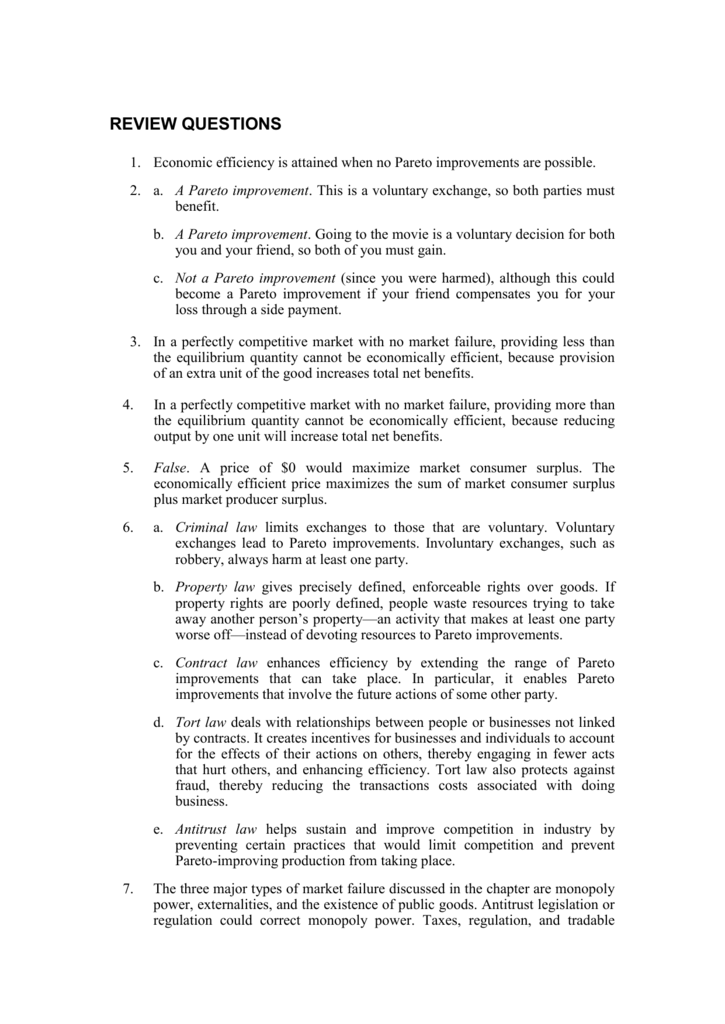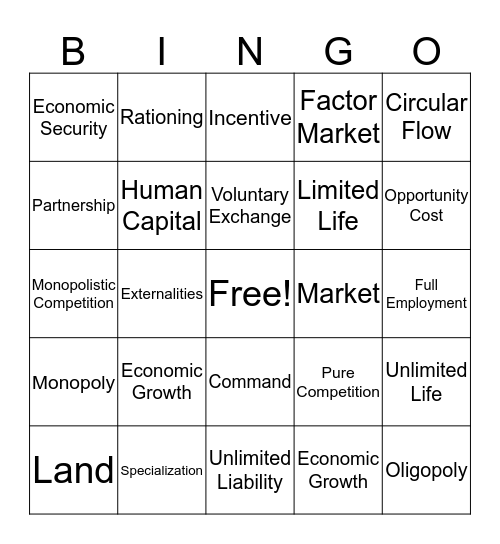A voluntary monopoly refers to a situation where a single firm dominates a market and is able to control prices because it is the only provider of a particular product or service. This may occur when the firm has a patent on a product or when it has a significant advantage over its competitors in terms of cost, technology, or reputation.
There are both benefits and drawbacks to a voluntary monopoly. On the positive side, a voluntary monopoly may be able to invest more heavily in research and development, leading to innovations and improvements in the quality of its products or services. It may also be able to offer consumers lower prices, as it does not have to compete with other firms for market share.
However, there are also negative consequences to a voluntary monopoly. Without competition, the firm may have little incentive to improve its products or lower its prices, as it has no need to attract or retain customers. This can lead to a lack of choice for consumers and potentially higher prices. Additionally, a voluntary monopoly may be able to wield significant power over the market and may engage in anticompetitive practices, such as predatory pricing or price discrimination, to maintain its dominance.
In order to address these concerns, governments may regulate voluntary monopolies through various means, such as setting price caps or requiring the firm to offer its products or services to other firms on a non-discriminatory basis. These regulations are intended to prevent the negative consequences of a voluntary monopoly and promote competition in the market.
In summary, a voluntary monopoly refers to a situation where a single firm dominates a market and is able to control prices due to its unique position in the market. While it may offer some benefits to consumers, such as lower prices or improved products, it also has the potential to lead to a lack of choice and higher prices. Governments may regulate voluntary monopolies to promote competition and prevent negative consequences for consumers.






